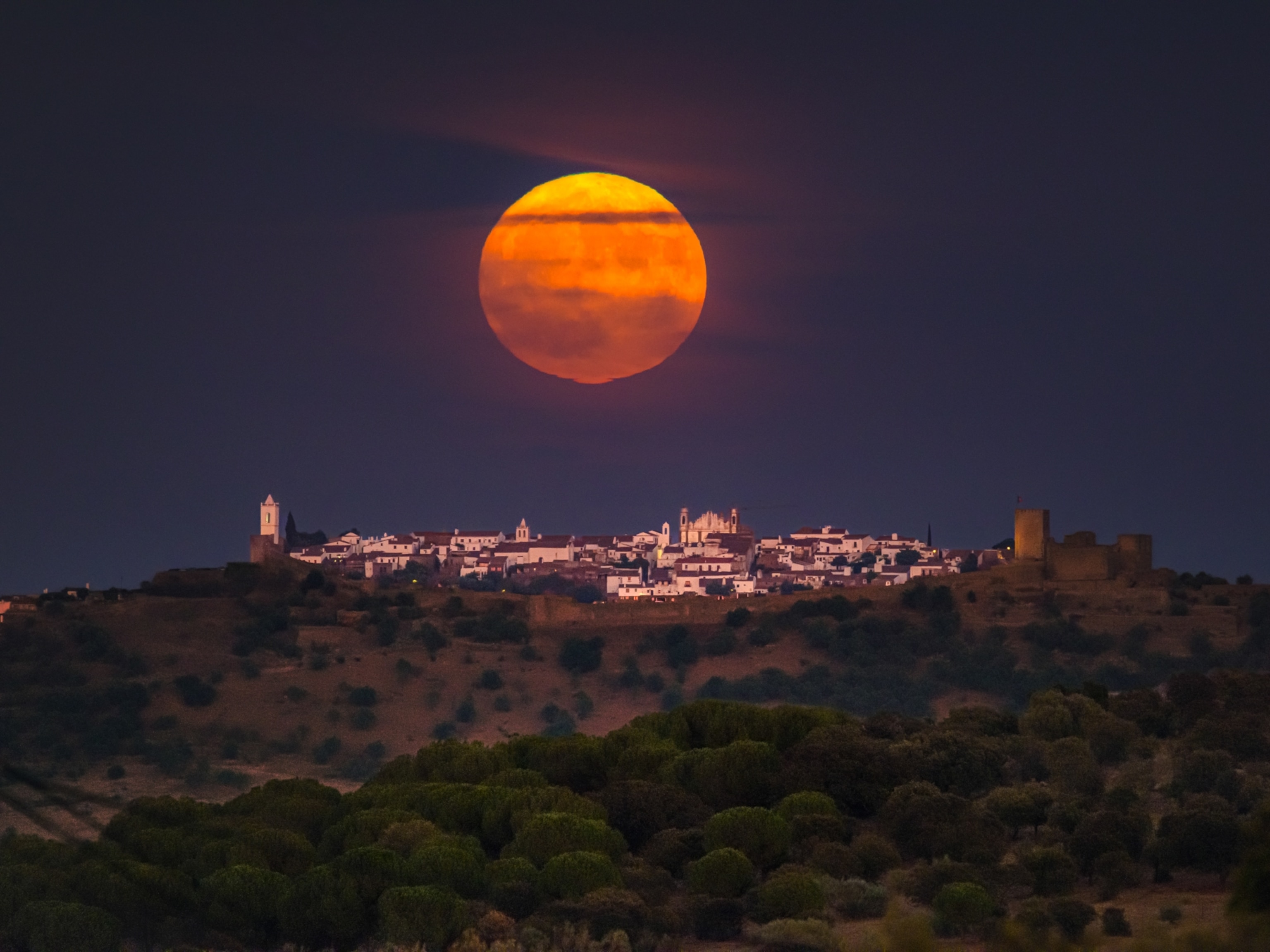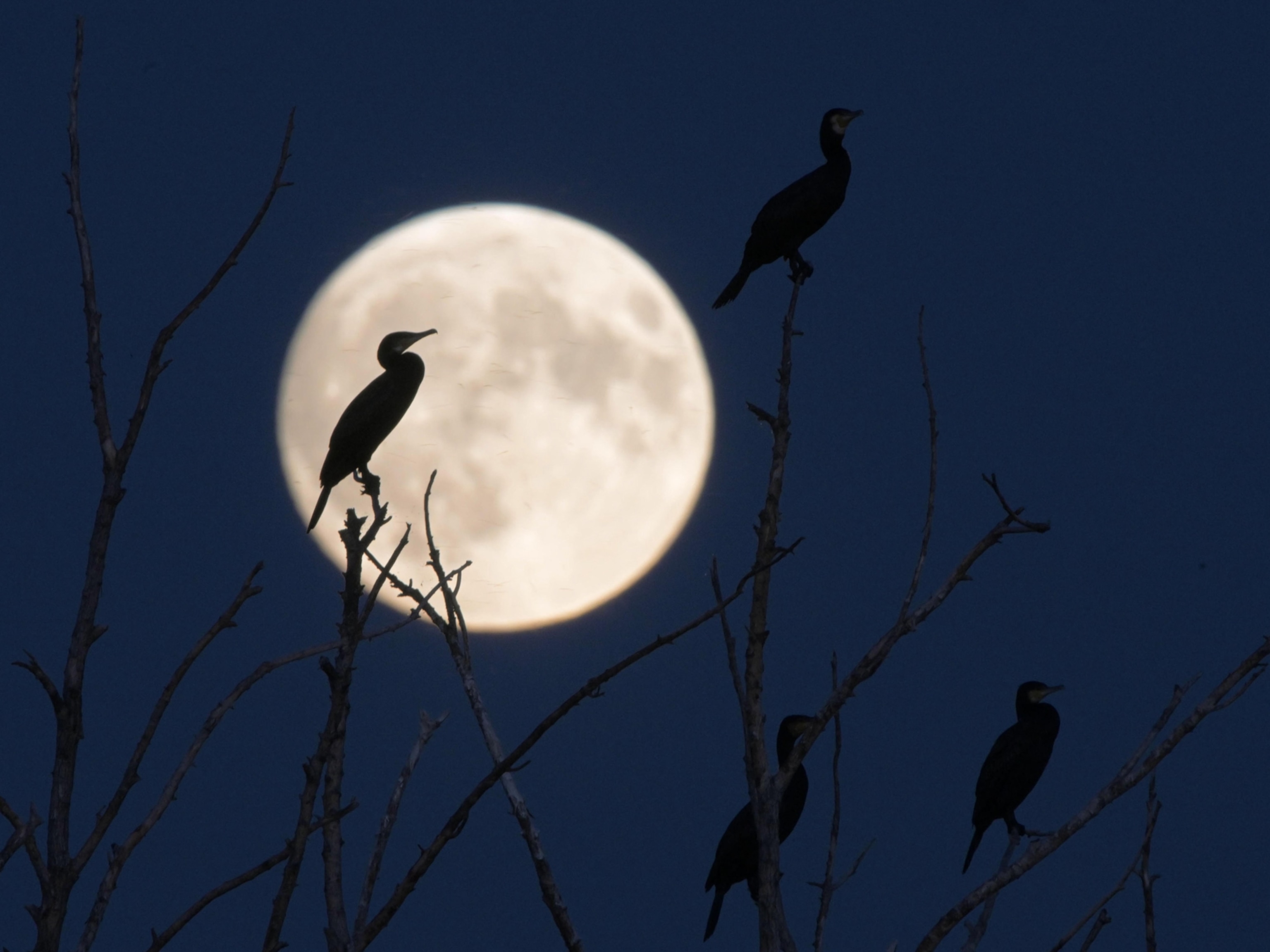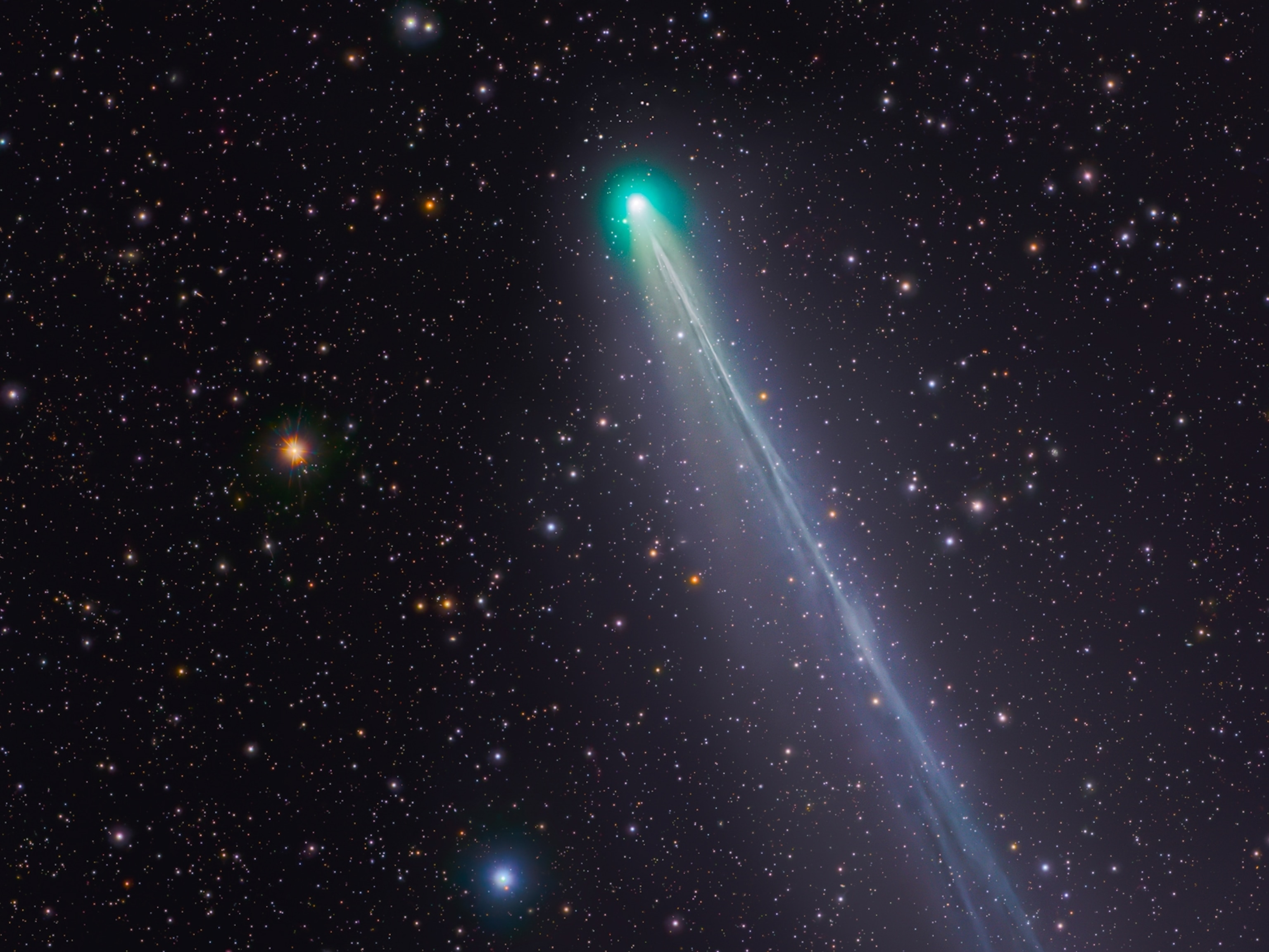
How to See the Biggest Supermoon in 68 Years
The full moon will make an especially close approach to Earth on November 14, offering one of the best lunar spectacles in decades.
Look up on the nights of November 13 and 14, and you may be able to witness a historic sight: the biggest and closest supermoon Earth has seen since 1948.
The term “supermoon” is popularly defined as a full moon that coincides with the lunar orb’s closest approach to Earth, or perigee.
Because the moon’s orbit around Earth is egg-shaped, there are times during its cycle when it is closer or farther from us. And because the size of the moon's orbit varies slightly over time, each month's perigee is not always the same distance from Earth.
This month, the moon officially reaches perigee at 6:21 a.m. ET (11:23 UT) on November 14, when it will be just 221,524 miles from our planet, as measured from the center of both Earth and the moon.
The moon reaches its full phase only two and a half hours later, at 8:52 a.m. ET (13:52 UT) on November 14. Earth hasn’t been buzzed this close by a full moon since January 26, 1948, when our lunar companion was a mere 30 miles closer than this month’s supermoon. (Submit your best supermoon pictures to National Geographic Your Shot.)
Enjoy the sky show while it lasts, because the full moon won’t get this close to us again until November 25, 2034. And the absolute closest full moon to Earth this century will occur on December 6, 2052, when our celestial neighbor will be just 221,472 miles away.
Lunar Glory
Globally, the best time to catch this sky event is just after your local sunset on November 14, as the silvery orb rises in the east. (Get tips on how to take the best photos of the supermoon.)
For North Americans, the lunar disk will appear to be nearly equally full and impressive on the nights of November 13 and 14, so if you get clouded out on the first night, you’ll have another chance to catch the epic sky show. The best view will be in the early morning close to dawn, as the moon sets in the west before the sun rises in the east.
So will we actually see a noticeably bigger and brighter moon in the sky?
By the numbers, the November full moon will appear to be 7 percent larger than average and nearly 15 percent brighter. Technically these metrics say you should be able to notice a change with your unaided eyes. But if you haven’t been watching the moon for months, it’s going to be tricky to see a measurable difference, especially in size.
Also, while science tells us the supermoon won’t cause any real "super effects" on Earth, it is well known that during full moons, coastal regions can be affected by flooding due to unusually high tides from November through February.
That’s due to the combined gravitational pull of the moon and the sun, which is at its closest to Earth this time of year. Add in the gravitational pull of a superclose moon, and any coinciding storms could allow ocean tides to reach their highest and lowest possible levels.
Assuming the storms stay away, though, you won’t want to miss the awesome beauty of this full moon rising, because it will be the best of its kind in a span of 86 years.
Clear skies!
Andrew Fazekas, the Night Sky Guy, is the author of Star Trek: The Official Guide to Our Universe and host of NG Live! Mankind to Mars presentations. Follow him on Twitter, Facebook, and his website.





